[한국의 향교 경기도] 여주향교 驪州鄕校
여주 향교는 고려 말에 지어진 것으로 전해지는데 정확힌 시기는 알 수 없다. 앞쪽 낮은 곳에 공부하는 공간인 명륜당이 있고 뒤쪽 높은 곳에 제향을 지내는 대성전이 있는 전형적인 전학후묘의 배치 구조를 따르고 있으며 그 규모는 크지 않다. 향교의 부속 재료 형태와 모양새가 지역 특성을 잘 드러내고 있는 향교이다. 2021년 6월 9일 오후에 방문했다.
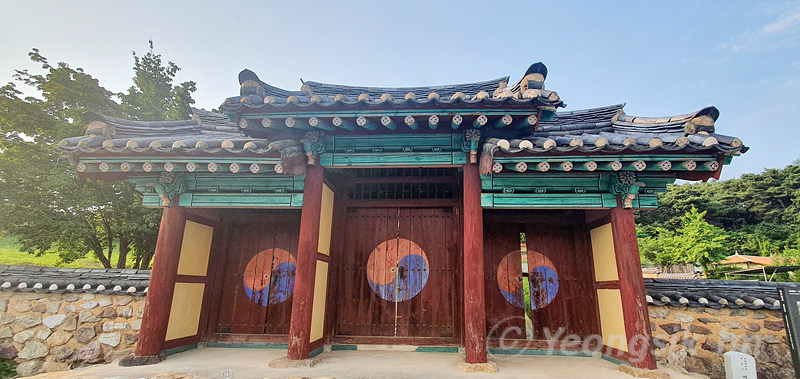
여주향교 외삼문
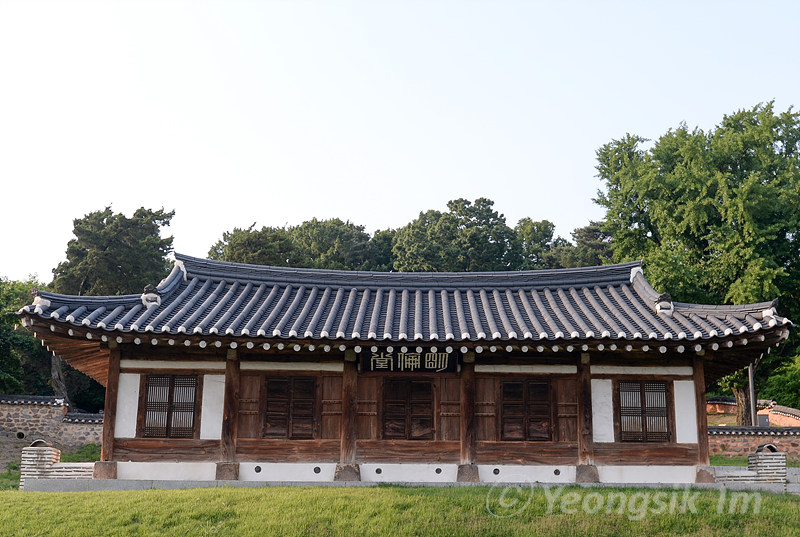
여주향교 명륜당
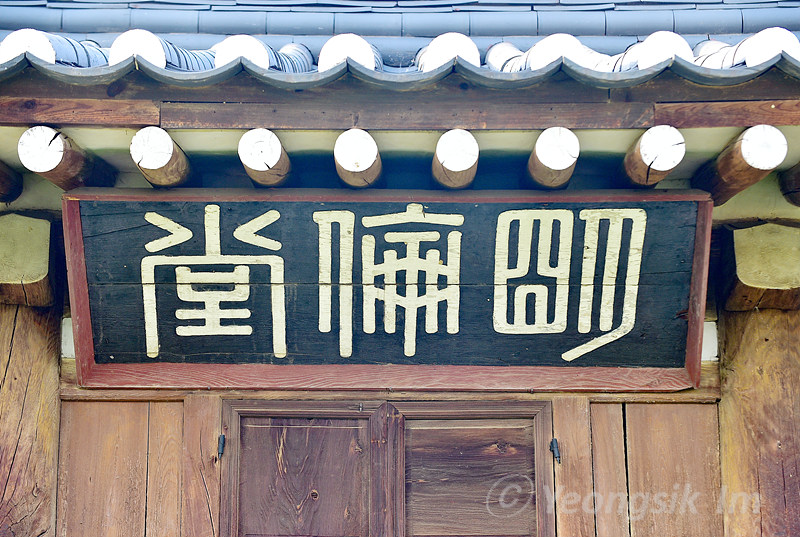
명륜당 전면 편액 후면에 걸려 있는 편액의 서체는 다르게 걸려 있다.
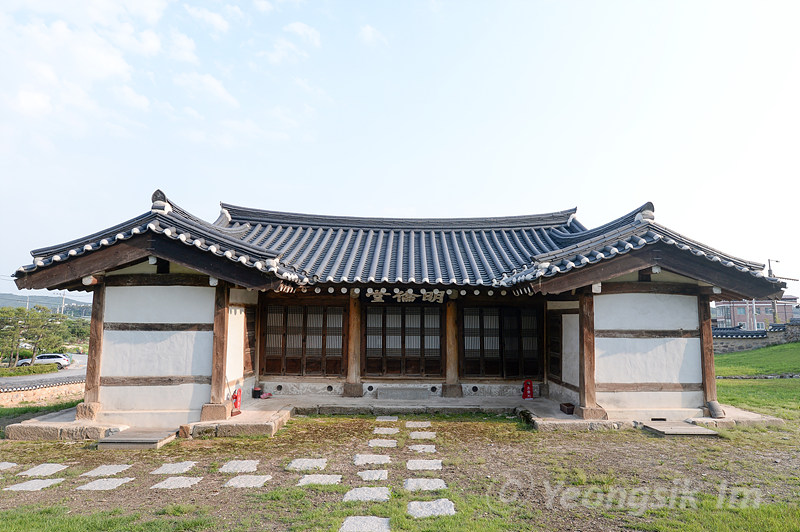
여주향교 명륜당 뒤쪽 모습
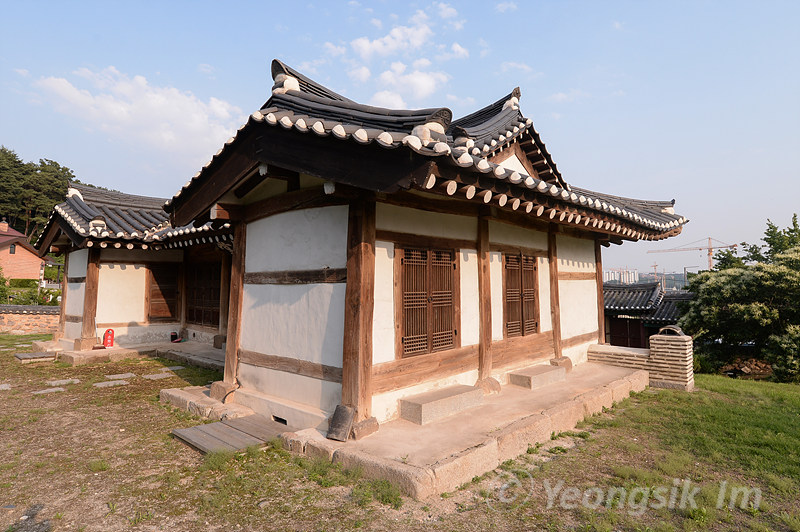
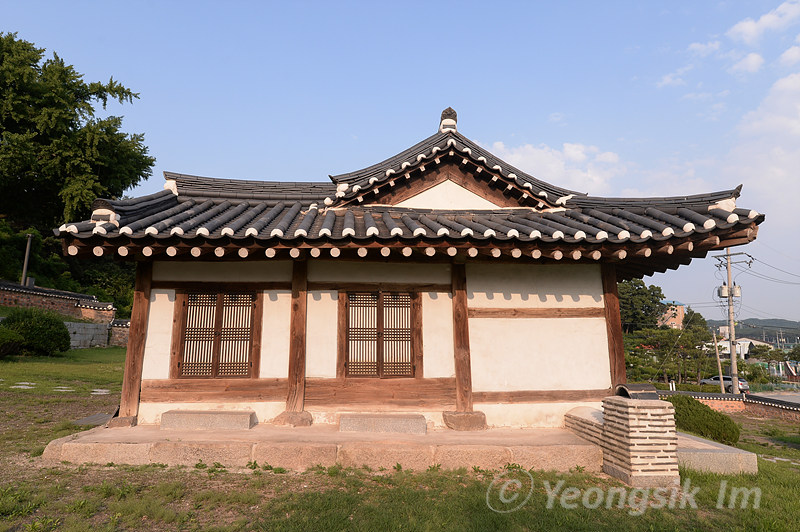
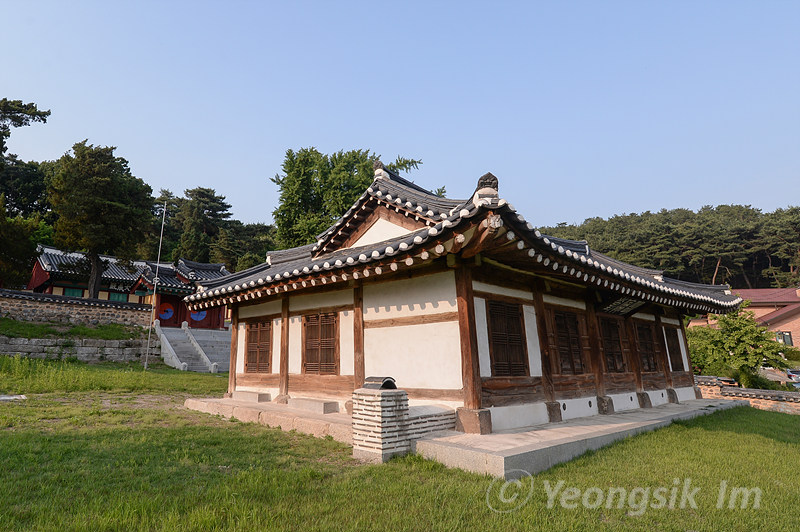
여주향교 명륜당은 앞면 5칸, 옆면 2칸 규모로 지붕은 옆에서 볼 때 ‘八(여덟 팔)’자 모양인 팔작지붕으로 되어있다. 동재와 서재가 명륜당 좌의 뒤쪽에 붙어 있는 형태로 지어져 있는 것이 특징이다.
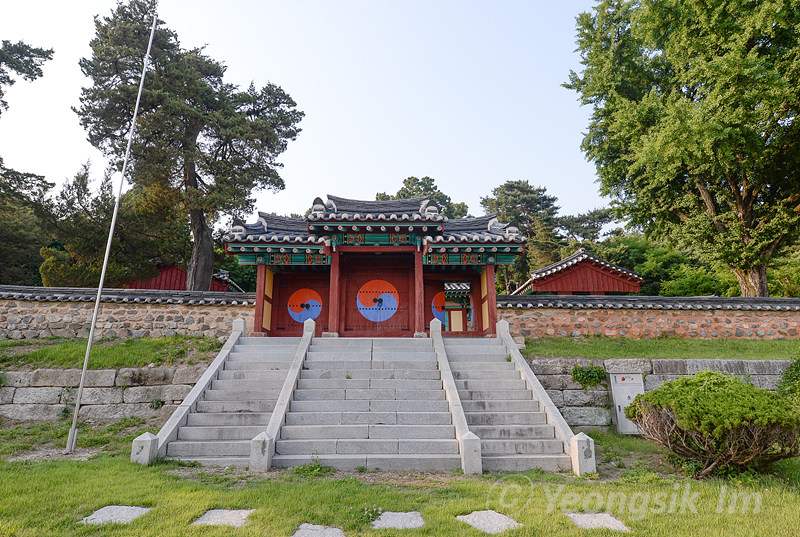
여주향교 내삼문
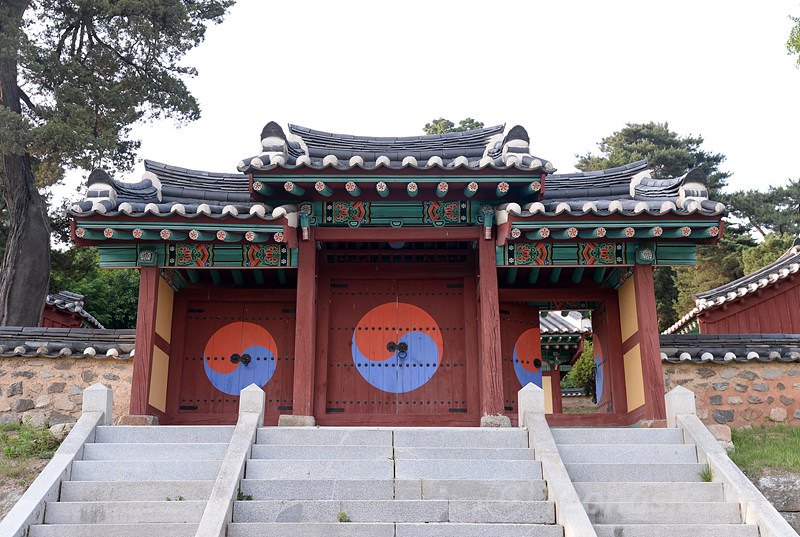
여주향교는 원래는 고려 때 여주읍 상리 마암 근처에 건립하였다가 임진왜란 때 타버린 후, 1685년(숙종 11) 여주읍 홍문리의 잣나무고개에 재건립하였는데 이때부터 부락에 자주 괴질이 발생하고 풍수학적으로 불길하다 하여, 다른 지역으로 이전하기 위하여 한 유생이 편지를 써서 바람에 날리니 현재의 위치에 날아와 떨어져 이곳으로 이전하게 되었다고 한다.
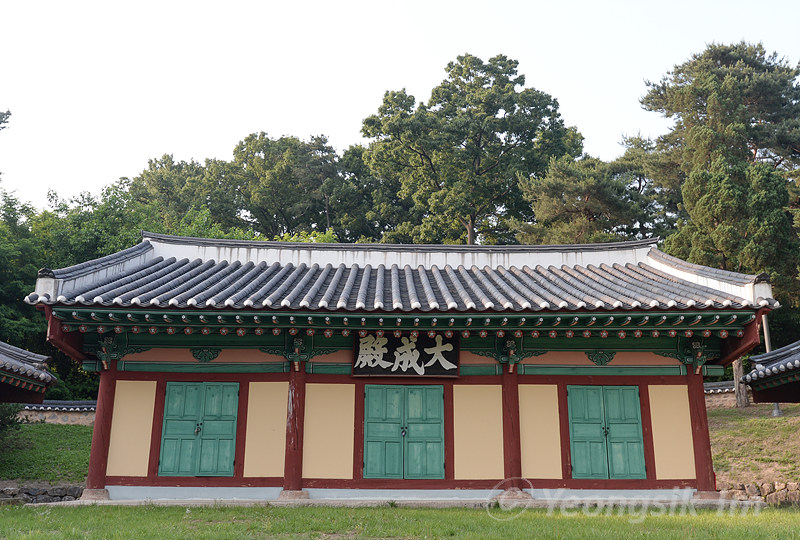
여주향교 대성전
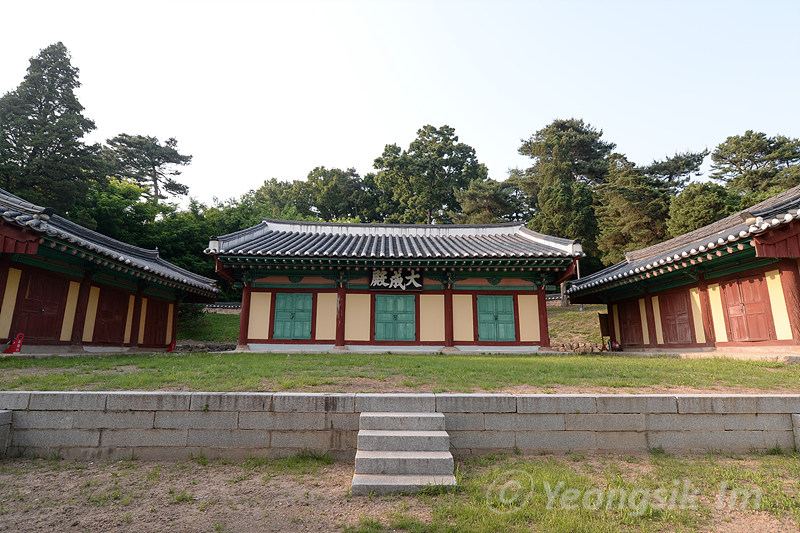
여주향교 대성전은 앞면 3칸,옆면 3칸으로 되어 있으며 공포가 익공( 첨차(植適) 위에 소로와 함께 얹는, 짧게 아로새긴 나무) 양식으로 되어 있어 단아하다. 지붕은 옆면에서 볼 때 사람 ‘人(사람 인)’자 모양인 맞배지붕이다. 대성전에는 5성 10철, 송의 6현과 한국의 18현의 위패가 봉안되어 있으며 좌우에 동무와 서무가 배치되어 있다.
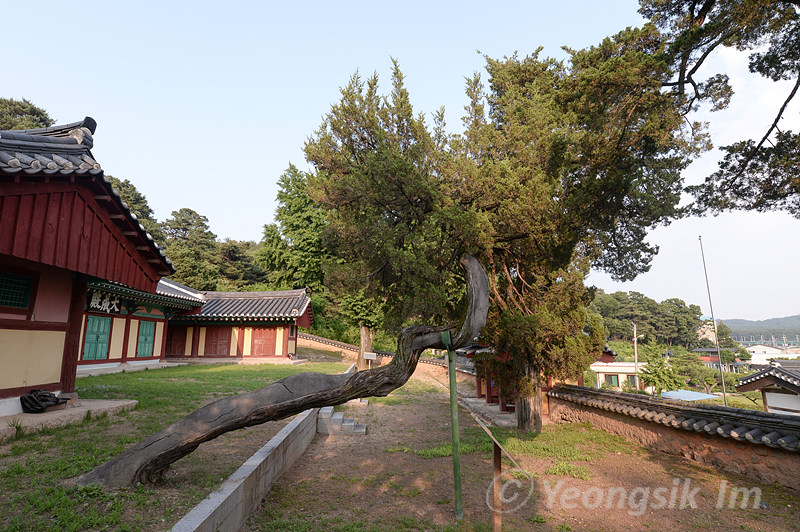
여주향교 향나무
보호수로 지정된 여주향교 서무 앞의 나무는 보호수 지정 당시 수령이 150년된 향나무이다. 수고는 8미터, 가슴높이나무둘레는 30㎝ 이다.
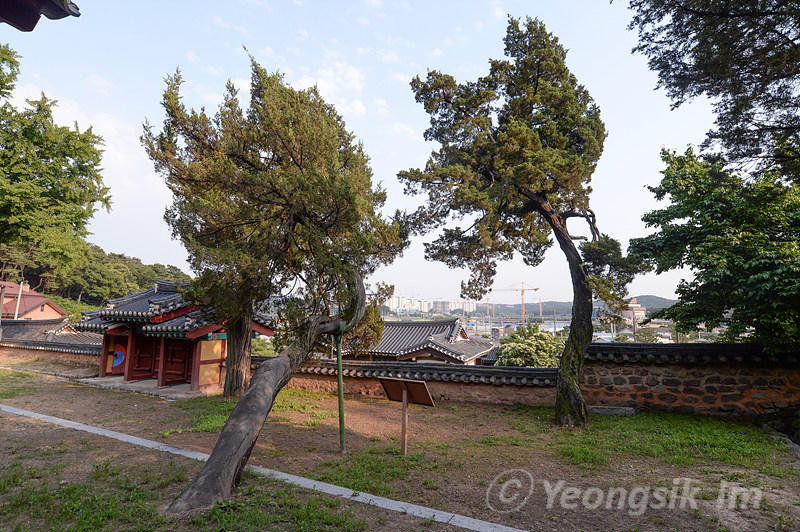
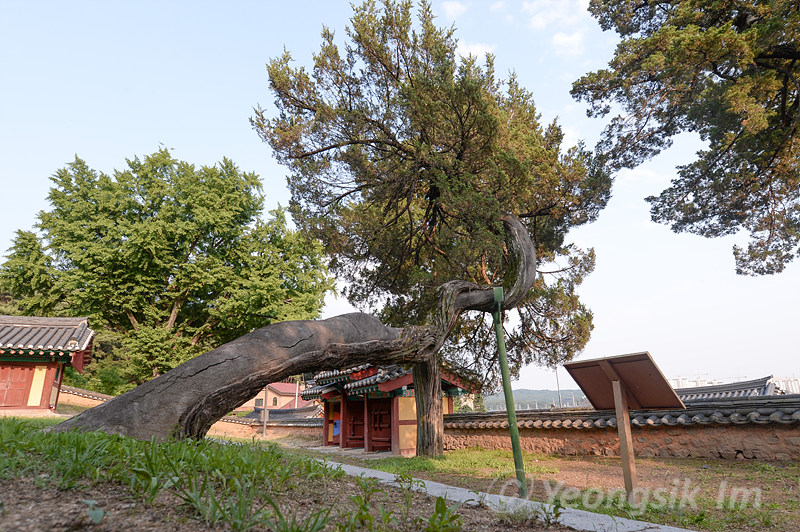
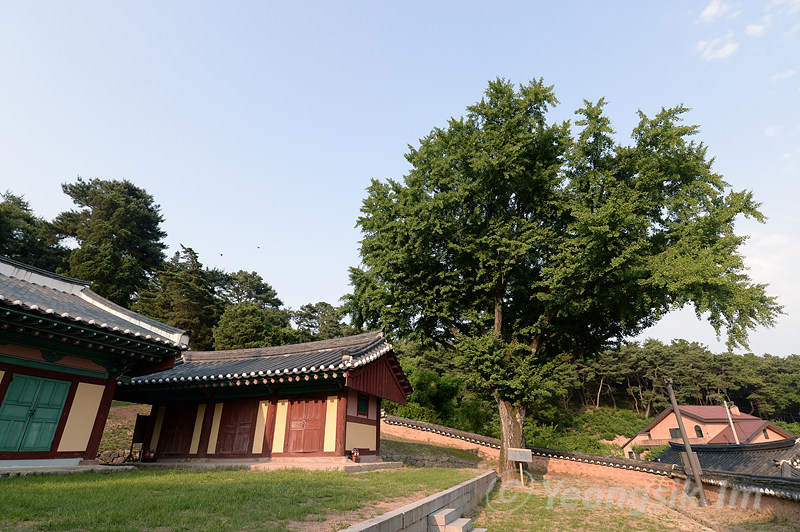
향교는 고려와 조선 시대에 국가에서 유학을 교육하기 위해 지방에 설립한 교육 기관이다. 여기에 공자를 비롯해 정몽주 • 이황 • 이이 등 중국과 우리나라의 유현을 모시는 제향 기능도 겸했다.향교는 제향 공간과 교육을 위한 강학 공간으로 구분되어 있다.
여주 향교는 고려 말 이곡이 여러 곳에 향교를 세우면서 상동 마암 근처에 세웠다가 임진왜란 때에 불타 없어졌다고 한다. 숙종 11년(1685)에 홍문의 잣나무 고개 부근에 다시 지었으나 그 이후 공교롭게도 마을 주민들이 자주 질병을 앓게 되자 풍수지리를 따져 현재의 위치로 옮겼다. 1918년,1976년, 1980년,1985년에 고쳐 지었다.
Hyanggyo were local Confucian schools established during the Goryeo and Joseon dynasties in major towns outside the capital city to provide students with a Confucian education. These institutions also served as shrines where seasonal memorial ceremonies and rites were held to honor Confucius and other great Confucian thinkers of China and Korea including Jeong Mong-ju, Yi Hwang and Yi I, Accordingly, the precincts of these schools were generally divided into two separate areas, one for the shrine and the other for the school.
According to local records, 化ojuhyanggyo was originally established at a site around Maam in Sang-dong in Yeoju by Yi Gok (1298-1351), a renowned Neo-Confacian scholar-official of late Goryeo, only to be burnt down (luring the Japanese invasion of Korea in 1592. The school was reestablished in 1685 with the school building located in the vicinity of jannamu Pass in Hongmun, but it was soon moved to its current location in accordance with the Pungsu (or Feng Shui) belief that the frequent outbreaks of disease among the villagers was related with the schools site. The school underwent major repairs in 1918,1976,1980 and 1985.
The school consists of a main lecture hall,Myeongnyundang, at the front and a shrine hall, Daeseongjeon, at the rear, which is located higher than the front. The shrine hall is a delightfully simple three-kan by three-kan structure with wing-like brackets under the eaves, while the lecture hall is a five-kan by two-kan building. The school also hns two dormitories, Dongmu nnd Seomu,and Naesammun. The layout ot Yeojuhyanggyo Local Confucian School reflects the traditional architectural style, although some details show characteristic local elements.




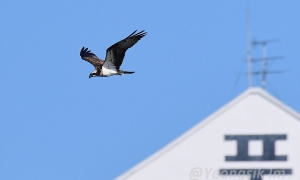


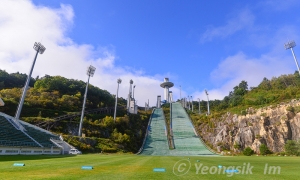
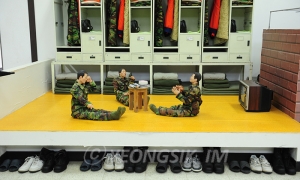
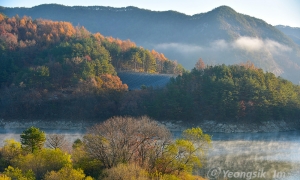
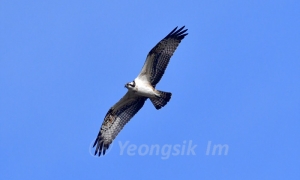

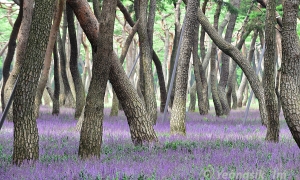


 과천향교 한국의 향교 탐방 경기도 과천
과천향교 한국의 향교 탐방 경기도 과천
 김제향교 임영식기자의 한국의 향교 탐방 전라북도 김제향교
김제향교 임영식기자의 한국의 향교 탐방 전라북도 김제향교
















